North Korea
Kim Jong Un’s Balloon Barrage: Bags of Excrement Fly Into the South
Pyongyang floats ‘filth’ over the border, protesting activists who had earlier sent antiregime leaflets and K-pop into North Korea
By The Wall Street Journal May 30, 2024 (Gmt+09:00)
5
Min read
Most Read
LG Chem to sell water filter business to Glenwood PE for $692 million


KT&G eyes overseas M&A after rejecting activist fund's offer


Mirae Asset to be named Korea Post’s core real estate fund operator


StockX in merger talks with Naver’s online reseller Kream


Meritz backs half of ex-manager’s $210 mn hedge fund


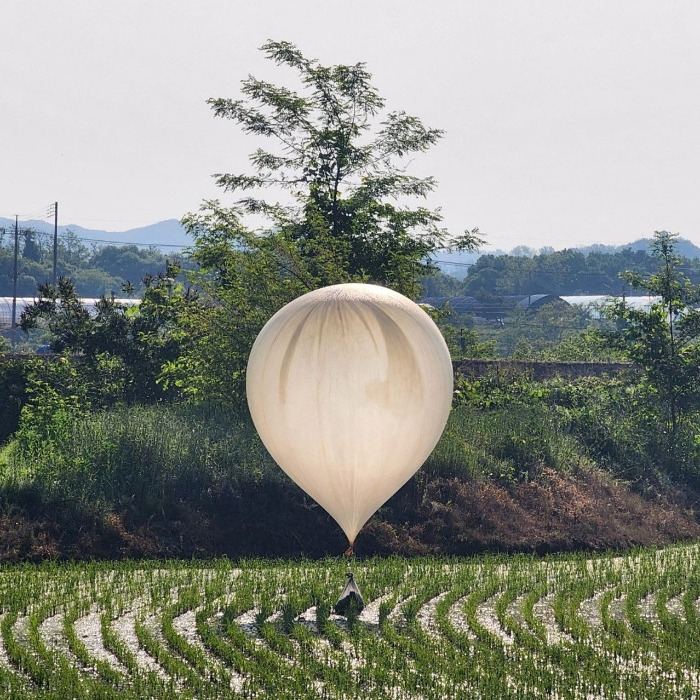
SEOUL—An unusual sight drifted into South Korean skies on Wednesday: Large white balloons carrying plastic bags of North Korean trash. Some contained something even more vile.
The air deliveries from North Korea were detected the prior evening, Seoul’s military said, triggering emergency warnings around 11:30 p.m. to border-town residents to avoid going outdoors because of “suspicious objects” floating in the sky.
All told, around 260 balloons were found scattered across a country roughly the geographic size of Indiana.
Some journeyed more than 180 miles. One landed gently on a street—the pair of balloons and a clear plastic bag left intact. Another crashed through the greenhouse roof of a local grape farmer. Many others broke apart and spilled their contents onto sidewalks and streets: shreds of pink, blue and white paper, an empty laundry-detergent bag and dark clumps that looked like excrement.
Asked what the bags contained, South Korea’s defense ministry offered up only “o-mul”—which can mean either “trash” or “excrement” in Korean.

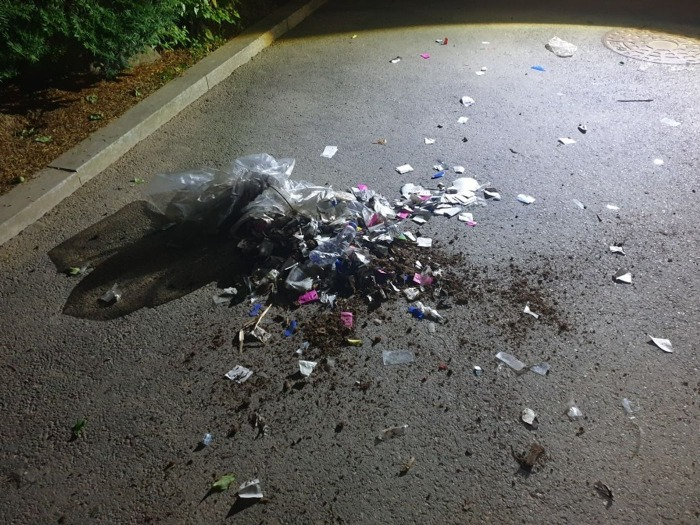
She expressed bafflement over South Korea’s assertions the balloons had violated international law, suggesting they be received as sincere presents. “I cannot understand why they are making a fuss as if they were hit by [a] shower of bullets,” Kim said.
Pyongyang had been clamoring for retribution following its own unwelcome arrival of a swarm of balloons cast off by a South Korean activist group, which sent 300,000 antiregime leaflets and thousands of USB drives containing K-pop music from the likes of boy band BTS.
Kim Jong Un, the 40-year-old dictator, has sought to crack down on foreign-media consumption since glimpses of the outside world threaten to show his people how poor life is inside North Korea—a threat to his leadership’s legitimacy. And few issues enrage Pyongyang more than the leaflet-carrying balloons, which the regime condemns as psychological warfare and occasionally attempt to shoot down. In 2022, North Korea blamed the balloons for starting its first Covid-19 outbreak, claiming people had become infected after touching “alien things.”
Park Sang Hak, a North Korean defector who heads the activist group that sent the antiregime balloons, said his launches can reach cities more than 250 miles over the inter-Korean border. The leaflets, among other messages, call for the North Korean people to rise up against Kim Jong Un.
“We send medicine and leaflets carrying the truth,” said Park, of the Seoul-based Fighters for Free North Korea. “How inhumane is it that they send filth in return?”
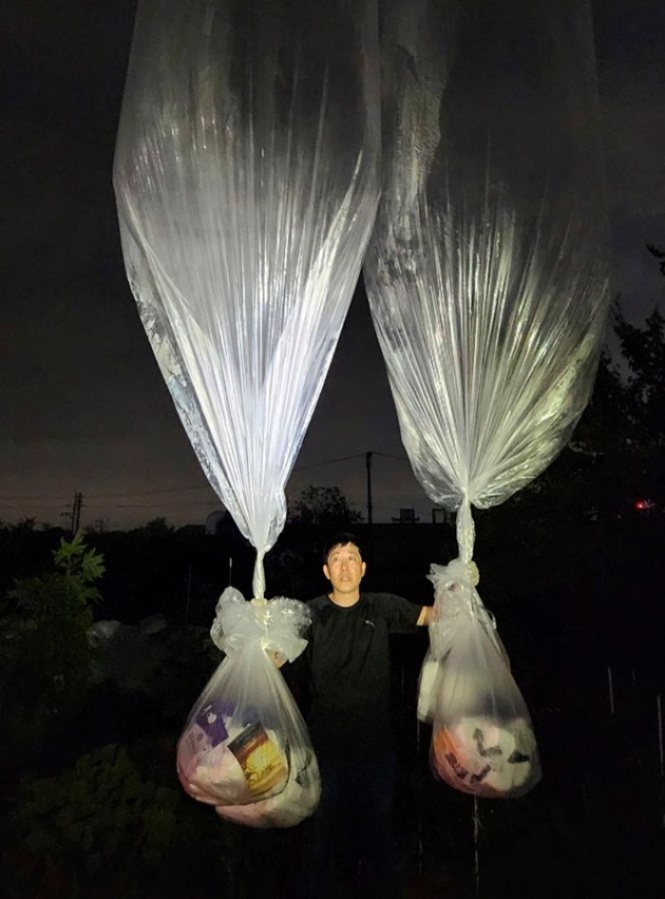
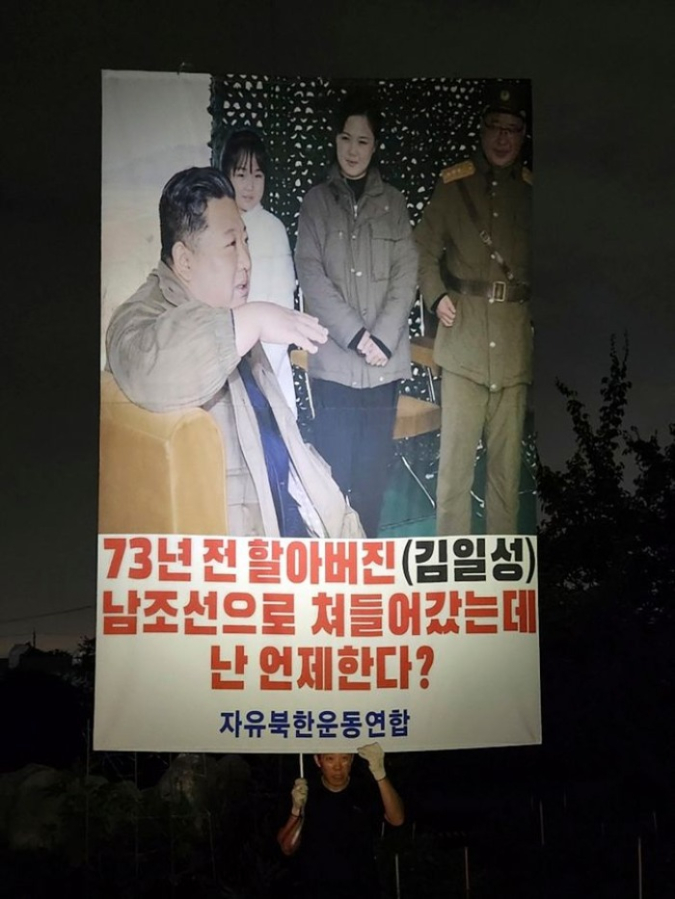
Instead, the Kim regime, as it roots out any ties to the South, has opted for more symbolic expressions of displeasure. That includes tearing down streetlights that once lined inter-Korean roads or adopting a new logo for the country’s flagship airline that once used an image of the entire Korean Peninsula.
The two Koreas have long dropped strategic messaging from the skies to gain a psychological edge. During the 1950-53 Korean War, the two countries collectively distributed more than two billion propaganda leaflets, according to U.S. military estimates. Often dropped from jet fighters, the North’s leaflets touted the merits of socialism; the South’s promised protection should soldiers surrender.
The information campaignsevolved over the decades. It was common in the 1980s for South Korea to airdrop leaflets showing young women clad in swimsuits—an attempt to make North Koreans envious of their capitalist neighbor. But now, South Korea’s offerings tend to highlight the Kim regime’s human-rights atrocities.
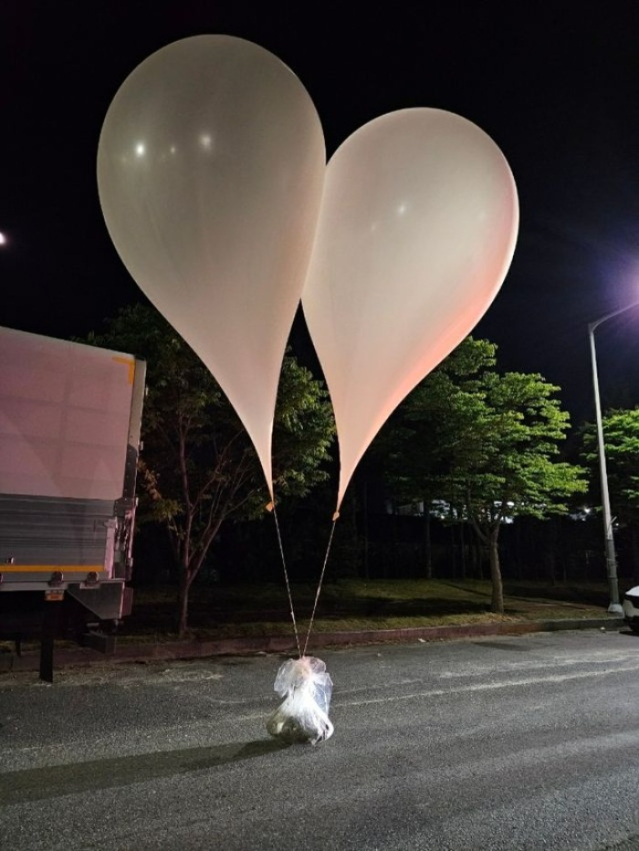
The Kim regime had last sent trash and excrement in balloons in 2016. At the time, one of the bags fell and broke through a car’s roof in South Korea. A North Korean compact disc that fell from the sky featured a photo of its missiles and a slogan that read: “A confrontation with us means destruction!”
The North Korean regime feels threatened more than ever due to rising attempts by its residents to watch smuggled South Korean content, which it fears could trigger a shift in ideology and diminished loyalty toward the regime, said Kang Dong-wan, a professor at South Korea’s Dong-A University, who has interviewed numerous North Korean escapees.
“Foreign content from South Korea has become the primary threat for the Kim regime,” Kang said.
Write to Dasl Yoon at dasl.yoon@wsj.com
More to Read
-

-
 EconomySouth Korea to boost aid for chipmakers to $23 billion, expanding extra budget
EconomySouth Korea to boost aid for chipmakers to $23 billion, expanding extra budgetApr 16, 2025 (Gmt+09:00)
-
 AutomobilesSouth Korea announces emergency support for auto sector against US tariffs
AutomobilesSouth Korea announces emergency support for auto sector against US tariffsApr 09, 2025 (Gmt+09:00)
-
 EconomyChina says it is aiming to coordinate tariff response with Japan, South Korea
EconomyChina says it is aiming to coordinate tariff response with Japan, South KoreaApr 02, 2025 (Gmt+09:00)
-

Comment 0
LOG IN


